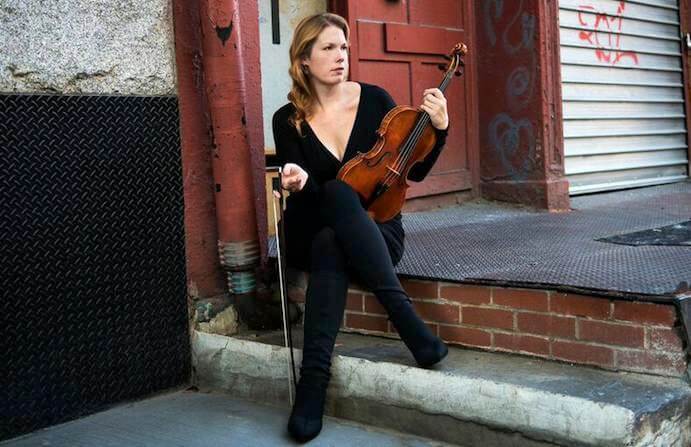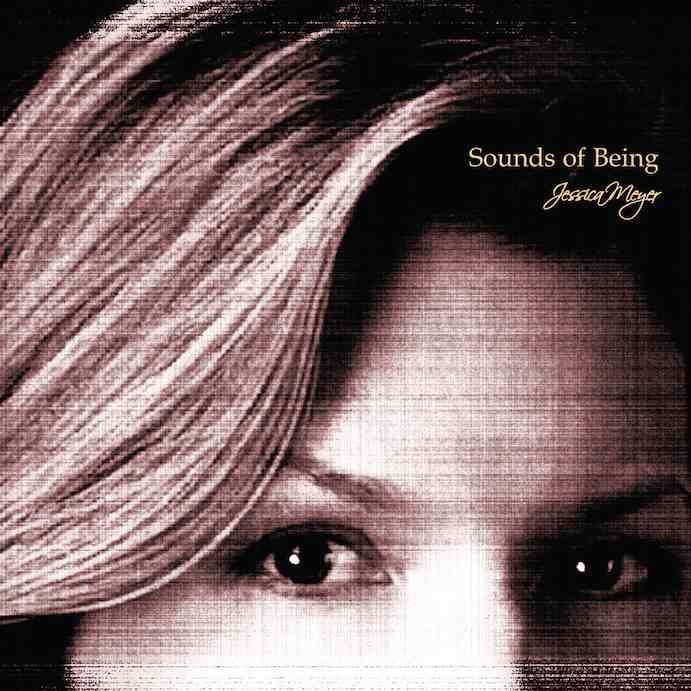The debate between absolute and programmatic music has been a point of contention for several centuries. Much of the classical music that we have come to love follows the former doctrine– non-representational absolute music that transcends the arts and languages. Certainly, extra-musical elements could be said to distract from the purity of the sound. However, our culture and, indeed, our exposure to sounds and music have expanded to a worldwide arena. These Sounds of Being, as Jessica Meyer has labeled them, reflect our emotional experiences, rendering a musical narrative that might accompany our daily life. In the eponymous album, Meyer performs a set of solo pieces for viola and electronics, with voices layered through a loop pedal. Each “sound of being” demonstrates innovative manipulation of the viola into unique timbres that reflect various musical influences, from Western European classical tradition, to blues, flamenco, Indian Raga, and Appalachian fiddling. In this way, Meyer’s album is a true contribution to the repertoire of programmatic music, providing a soundscape to the abstract musings we experience every day.
Meyer introduces her world with “Getting Home”– a rapid, anxious number illustrating her restless journey to visit her son. Indeed, we can all relate to Meyer’s agitated impatience while going from point A to point B (I, myself, can’t even describe my own tense excursion through Los Angeles traffic on the way to work every day). A hurried tremolo on the tonic drones throughout the piece, as tender voices emerge, weaving in and out of the atmosphere. This chaotic environment is revisited in “Into the Vortex” later in the album– the hyperactive bedlam of Meyer’s hodgepodge of looped voices reveal a claustrophobic and nervous mind.
Meyer offers a significant respite in “Hello”– we have arrived, after our anxious travels, embracing our loved one. Listening, I feel the warmth of a swift sunrise. The violist’s gestures no longer conflict with each other; rather, they flow amongst each other in musical accord. The number evokes an impressionistic mood: a voice from one harmony rises and sustains into the next. “Touch” is similarly affectionate, exploring human communication through tactile contact. The melodic phrases shift and overlap, swelling and receding. Indeed, this musical world evokes the versatility of touch itself– its propensity for serenity and intensity.

Jessica Meyer– Photo by Ana Pinto
The emotional arousal and associations we attribute to certain sounds are undeniably an expression of exposure to different cultures. Music today is the result of evolution; it draws upon a vast tradition from every corner of the globe. Meyer demonstrates this transformation in “Source of Joy,” expanding conventional viola capabilities to new timbres. Flighty, bird-like harmonics are punctuated by percussive pizzicato that emulate idiophones common in African music. “Afflicted Mantra” reaches into a different global perspective. A pedal point drones as sarangi-like timbres approach and leave the tonic. The piece exhibits Meyer’s personal tranquility from yoga, influenced by Indian Raga music. A phrase, “over and over again,” becomes the axiom of “Afflicted Mantra”– the calming chant that persists in the background of the piece.
Sounds of Being concludes with “Duende,” a dramatic manifestation of ubiquitous power. One can hear a gust of wind looped amongst a repetitive percussive tapping. Meyer’s bowed voices grow in intensity, as additional tracks are added to the cyclic loop, eventually terminating in unanticipated abruptness. “Duende” is a fitting finale to Meyer’s eclectic servings in Sounds of Being. Just as the human psyche is prone to conflict, chaos, and occasional harmony, its musical representation, envisioned by Meyer, is a resounding potpourri of styles.






















